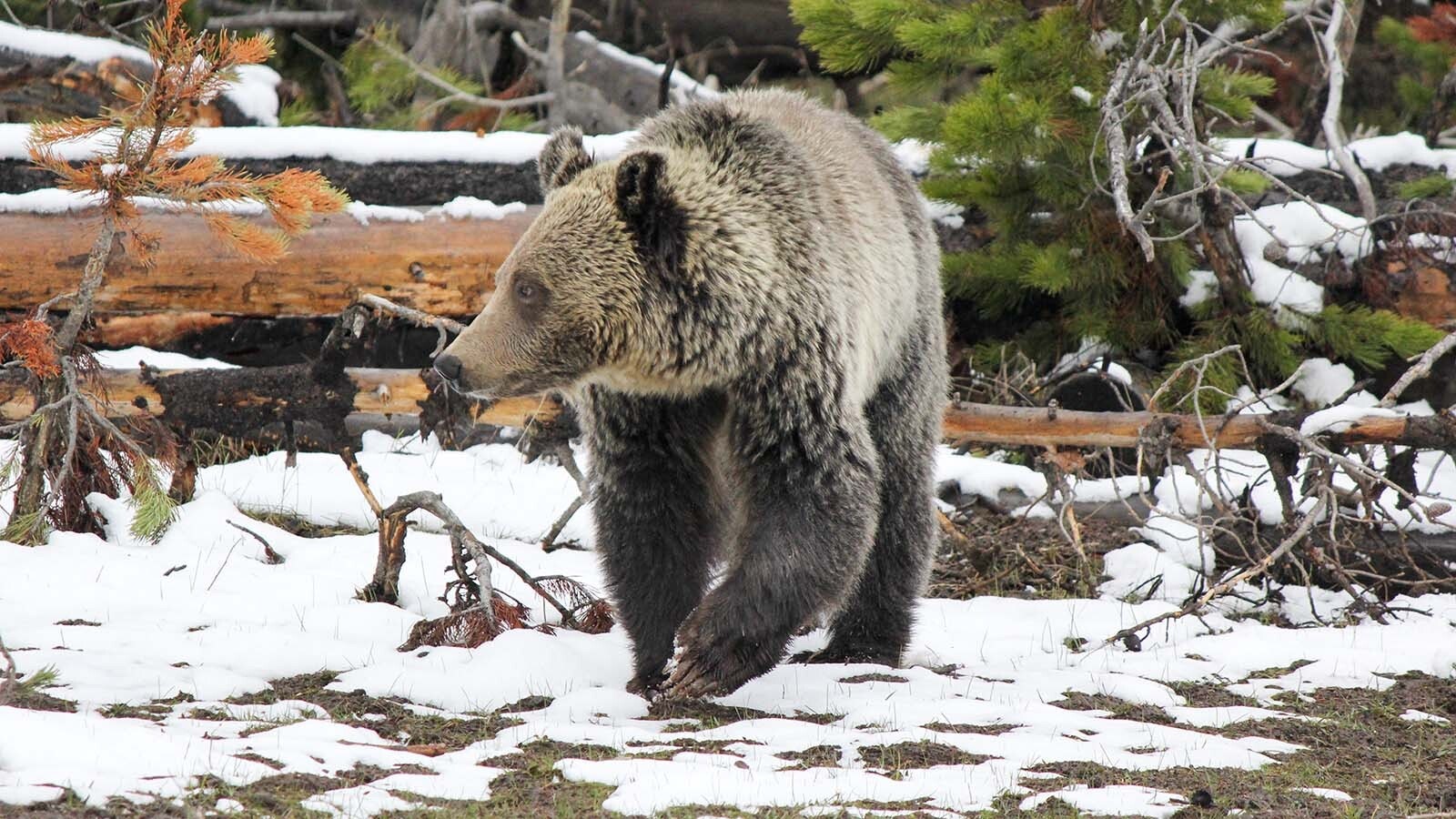Like a column of soldiers, the Elk Fire continues its methodical — and at times seemingly relentless — march southeast following the eastern face of the Bighorn Mountains in northern Wyoming.
“That’s a good way to look at it,” said Kristie Thompson, spokesperson for the Rocky Mountain Area Complex Incident Management Team assigned to the fire. “We’re on the offensive and trying to put (resources) in place where we can make a stand.”
That stand is expected at Red Grade Road, which generally runs east-west in the path of the advancing wildfire. It’s been identified as the “Gandalf spot” for the Elk Fire — from that point on, it shall not pass.
Crews have spent the last few days working along and around the road, as well as doing strategic firing to burn up fuels inside the fire’s perimeter that the wildfire hasn’t gotten to yet itself.
That’s pushed the size of the fire up again Sunday morning to an estimated 87,805 acres, the incident management team reports. It’s also brought down the overall containment of the fire to 28%, down from the 32% reported the morning before.
But that doesn’t mean the 901 firefighters on the Elk Fire are losing ground, Thompson said.
In fact, the latest fire situation map release Sunday morning shows that along with more growth to the southeast, the containment line is significantly larger. It’s essentially contained along much of the eastern face of the fire, except for the problematic area to its far southwest approaching Red Grade Road.
Now the fire is only about 2 miles from the road at some spots, Thompson said. That’s why there’s so much focus on strategic burning and building a fire line that will hopefully slow or stop the Elk Fire’s progress.
It’s strategic almost like a battle scenario, with the enemy marching toward you and planning how to stop them.
“That’s the big reason we started looking at how we go on the offensive and take a stand with the fire in this southeast area,” she said. “We anticipated that, and that’s why we initiated those firing operations … and tried to move it away from structures and people.”
About The Weather
Not helping matters much is an extension of unseasonably hot, dry weather, the incident team reports.
Afternoon winds continue to reinvigorate the fire, which overall has just been “weird,” Thompson said.
It’s breaking most of the rules for Wyoming wildfires, starting with burning so large so fast this late in the season.
“It is doing weird things,” she said. “Normally, fire wants to run uphill, but this one wants to run downhill. Typically, fires want to burn more in the day, but this one seems to be active at night.”
Going forward, priorities remain bolstering Red Grade Road as well as “continue to secure fire line along the eastern foothills of the Bighorns to prevent fire impacts to values at risk, including residences and livestock forage,” according to the report.
While much of the attention has been on the southeastern creep of the fire, there’s also a lot of work on the west side as well, including protecting structures in the Burgess Junction area.
A Tale Of Two Fires
Looking at the latest fire map, it’s easy to see how its focus has shifted over the last week.
Last Sunday, people in Dayton were on edge, under orders to be ready to evacuate. The fire had taken a dangerous and terrifying run across the mountain face the night before.
Since, the fire has advanced well south of the town far enough that it’s now due west of Big Horn.
There’s no danger to that town as of Sunday morning, Thompson said.
Meanwhile, Wyoming’s other active large wildfire, the Pack Trail Fire, continues to burn uncontained in the Bridger-Teton National Forest west of Dubois near and around Highway 26.
It has grown to 75,370 acres as of Sunday morning, according to the incident management team fighting the fire.
Top priories continue to be protecting structures and people along the Highway 26 corridor and Union Pass Road. Crews also are working to build confinement lines along Forest Service Road 540 and along the Lava Burn scar.
For Sunday, winds are expected to be “very light,” the incident team reports, with some “potential for movement of the fire along the western edge.”
Greg Johnson can be reached at greg@cowboystatedaily.com.










